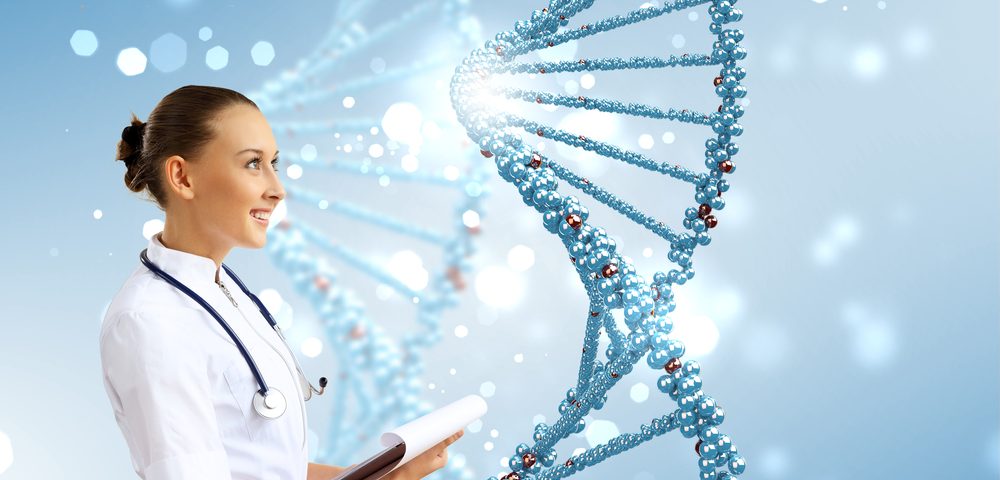Researchers are developing a model to predict which patients with triple negative breast cancer will respond to chemotherapy before the start of the treatment, according to a study recently presented at the San Antonio Breast Cancer Symposium.
If validated, the tool would allow patients to know beforehand whether chemotherapy will be effective in their case and, if not, spare them potentially harmful side effects.
Breast cancer treatments usually target a specific protein that is particularly active in these cancer cells – either estrogen receptor, progesterone receptor, or the Her2 protein. But triple negative breast cancer cells do not express any of these proteins and therefore has no targeted treatment, which is why it is particularly aggressive. Women with this disease have higher response rates to chemotherapy, however, as treatments are designed to broadly attack dividing cells.
According to Katherine Hoadley, PhD, first author of the study, the model developed by her team was moderately successful at predicting which patients with triple negative breast cancer will respond to chemotherapy, but more work is necessary to improve its accuracy.
To develop their model, researchers analyzed the profiles of gene expression in breast cancer samples from 389 patients before treatment as well as data on how each patient responded to chemotherapy.
They started by analyzing gene expression profiles in some of the samples (training samples) to identify which genes were associated with a successful response to chemotherapy and built the predictive ability of the model. They then validated the model in the remaining samples, showing that the model was able to predict which samples belonged to patients who showed a complete response to treatment (68 percent). The model was also able to identify which patients still had residual cancer cells after treatment and, therefore, an incomplete response to treatment (64 percent).
“Our goal was to identify a gene expression signature pattern in cancer cells that might be able to help us predict who’s going to respond to chemotherapy prior to actually giving the treatment,” Hoadley said in a news release.
The team will keep working on the model to increase its accuracy, and plans to include other parameters such as the identification of molecules that indicate how the immune system is responding to cancer, genetic mutations, and the number of copies of each gene.
“If we can validate our model in future data sets, our work could help us identify patients who are likely to respond to existing or even less chemotherapy, and those who could benefit from more chemotherapy or novel approaches,” Hoadley said.

